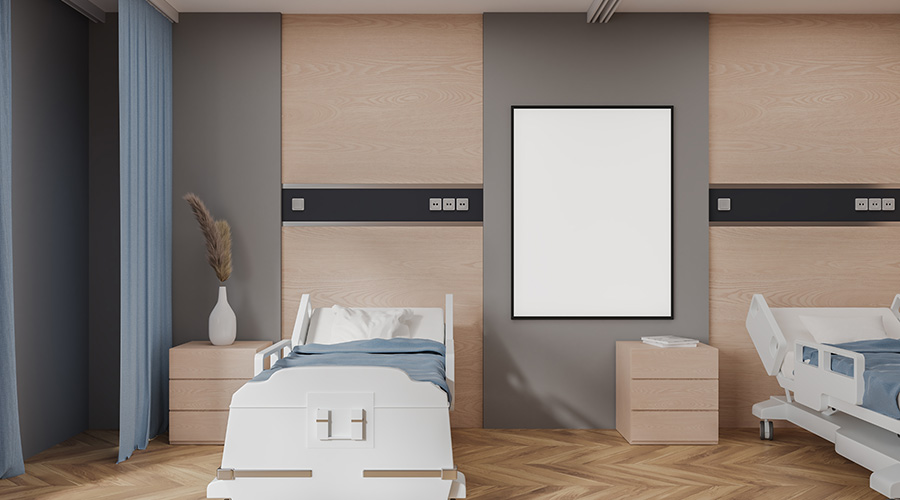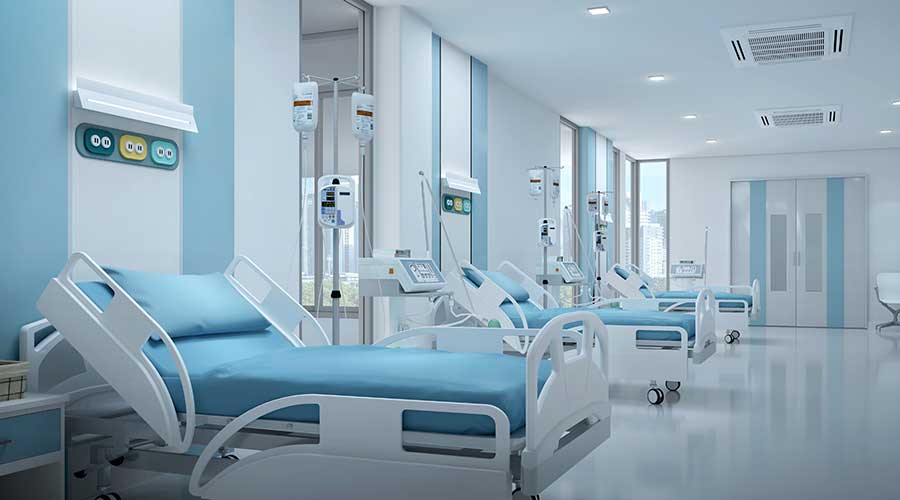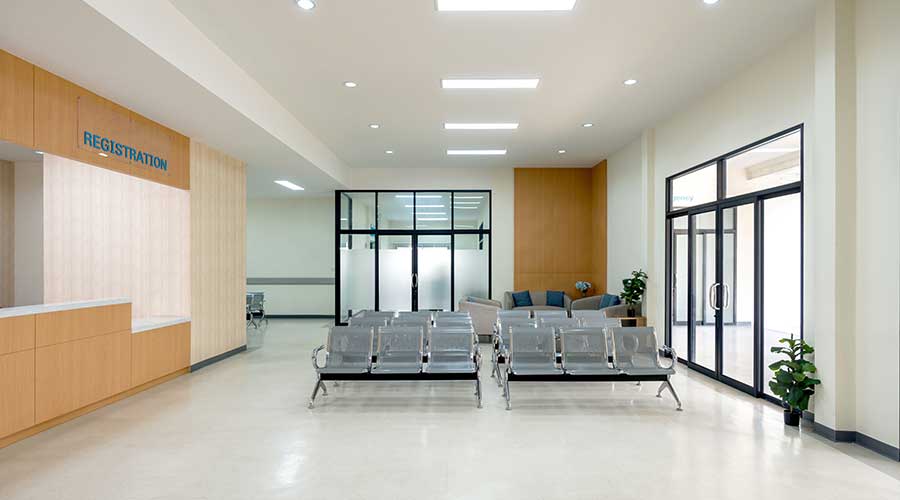As levels of obesity rise in the United States, healthcare facilities must consider whether their design and infrastructure can meet those patients’ needs. According to an article in the July issue of Healthcare Design, optimizing facilities for bariatric patients goes beyond toilets and grab bars.
From start to finish, experts agree, designers need to consider how larger people can use their facilities. That begins with wide doors and waiting room furniture that can accommodate 500 pounds. Peter Grandine, senior medical planner at architectural firm HOK, points out in the article, "If you can’t get a bariatric wheelchair in the front door, then that patient can’t be treated."
The issue is complicated, however, by the lack of uniform standards and definitions. The Facility Guidelines Institute is revising its Guidelines for Design and Construction of Health Care Facilities to be more flexible in its 2014 edition, suggesting that designers talk to hospital staff during the planning process about the local population and its needs. Currently there are no minimum standards, such as exist for ADA, and some designers say such rules would help.
There is also little firm data about the cost of bariatric modifications, but retrofitting could get expensive.
Floor-mounted toilets with a 1,000-pound capacity are becoming standard, one designer suggests, and examining tables can now usually accommodate 400 to 500 pounds. Patient lifting devices can drastically reduce staff injury rates and lost time; after Mercy Health in Cincinnati began a new lifting program in 2009, patient-handling incidents dropped 95%.
Designers say that changes to a room should be done subtly, to maintain the patient’s dignity – for instance, one flexible design allows an entire bathroom to serve as a shower stall if need be. Wider doors and bigger rooms can be created for an entire facility instead of just a few rooms, and bariatric furniture in a waiting room can simply look like a loveseat instead of a chair.
Read the article and view image gallery.

 Aspirus Breaks Ground on New Chippewa Falls Hospital and Clinic
Aspirus Breaks Ground on New Chippewa Falls Hospital and Clinic Cybersecurity Law's Expiration Could Leave Healthcare Facilities Exposed
Cybersecurity Law's Expiration Could Leave Healthcare Facilities Exposed Ground Broken on Northside Hospital Forsyth Expansion
Ground Broken on Northside Hospital Forsyth Expansion Onslow Memorial Hospital Breaks Ground on New Medical Office Building
Onslow Memorial Hospital Breaks Ground on New Medical Office Building The Fatal Flaws in Active Shooter Response in Healthcare Facilities
The Fatal Flaws in Active Shooter Response in Healthcare Facilities